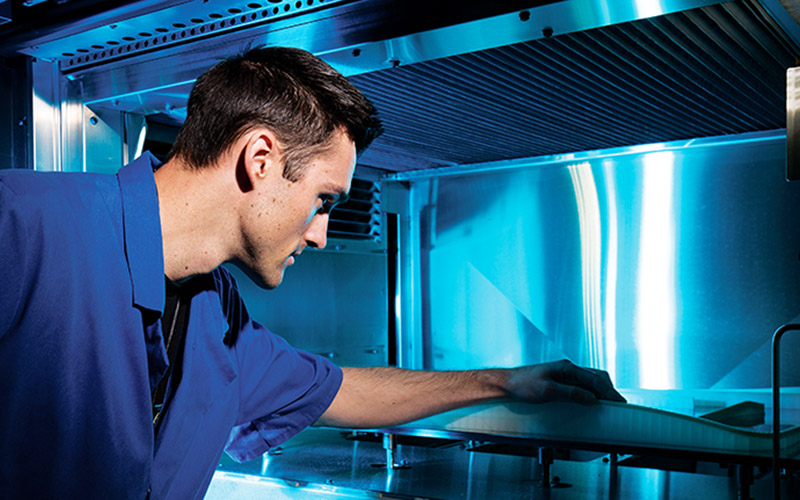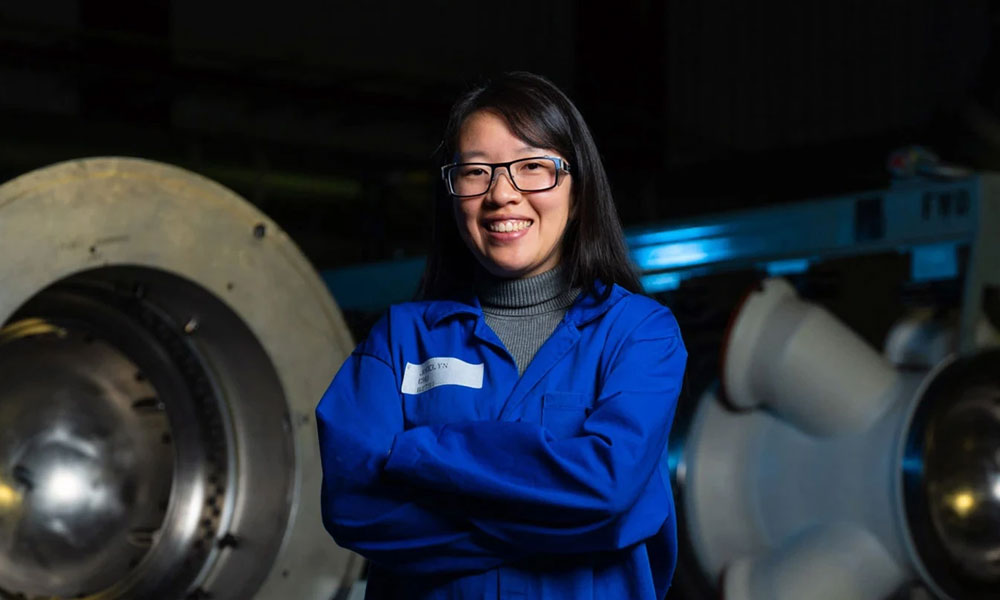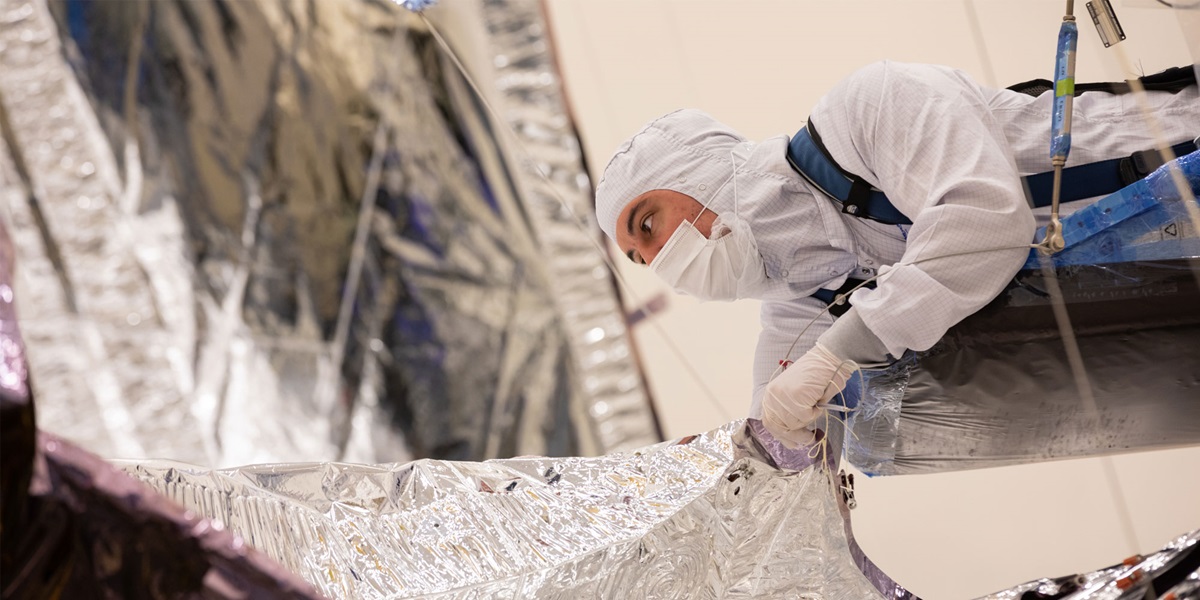3D movies, 3D video games and 3D glasses have seen mixed results in the commercial world, with some consumers relishing the multidimensional experience and others preferring a more traditional approach. But in the manufacturing world, particularly the aerospace industry, 3D printing technology has taken off and led to innovative breakthroughs.
3D printing provides a new way to create parts for both aircraft and satellites according to Ian Day, a Project Manager in Machining Manufacturing at Northrop Grumman. “There are a lot of different processes, materials and machines,” he says.

Machinists start with a raw material, such as plastic or metal, and feed it into the 3D printer, which is programmed to construct parts layer-by-layer. Many manufacturing processes are performed by subtracting or removing material from a raw chunk of metal or plastic. 3D printing is unique in its approach, building parts from scratch instead. This process allows 3D printers to create multipiece items in a way that subtractive machine processes can’t. “These printers pretty much run around the clock,” Day says. “We can create geometries that couldn’t be made any other way.”
Multiple Benefits of 3D in the Manufacturing Process
One of the main benefits of 3D printing technology is the efficiency with which machines produce parts, including drill jigs, fixtures, brackets and other essential items.
“Our manufacturing center had a request to machine aluminum trim tools for composite hand trim operations. We suggested 3D printing the tools from plastic to support the work,” says Don McKinzie, manager of Machining Manufacturing. “Machining the tools in aluminum could take 20 to 30 hours on a typical machine shop floor. 3D printing would take about four hours of labor and run unattended to complete the parts.”
Additional benefits of 3D printing over traditional subtractive machining include its automation and reduced waste. Users can program 3D printers via computer from anywhere in the world. And machinists can reuse leftover material, while leftovers in the subtractive process often end up as waste.
‘New World’ for Designing and Manufacturing Aerospace Products
While 3D printing has advantages over traditional manufacturing technology, McKinzie and Day say it works well as a complement to the tried-and-true methods.
“A lot of people think 3D printing is going to do away with machine shops. It just doesn’t work that way,” Day says. “3D printed items often go to a milling machine for finishing operations. They complement each other to produce something better than either process can achieve by itself.”
“It opens up a whole new world of design possibilities,” McKinzie says.
At the same time, they both see 3D printing as an innovation that will position Northrop Grumman at the top of the aerospace ladder.
“It allows us to design and manufacture products in different, innovative ways, and it complements our in-house manufacturing,” McKinzie says. “Having this capability allows us to think differently as we design and build our products. This enables us to grow our products’ performance.”
“It’s always evolving. It’s not just making the parts, it’s bringing the design engineers together to see what can be created,” Day says. “We have the power to show the customer what is possible. When we pique their interest, we get more business.”
Learn more about manufacturing careers at Northrop Grumman.
Interested in all things involved in 3D printing? Read more articles at Now. Northrop Grumman.

Life at Northrop Grumman: Recent Stories
Shape your career journey with diverse roles and experiences that expand your expertise, feed your curiosity, and fuel your passion.

Life at Northrop Grumman: Archived Stories
It takes every one of us to make the impossible a reality. See what life is like at Northrop Grumman.